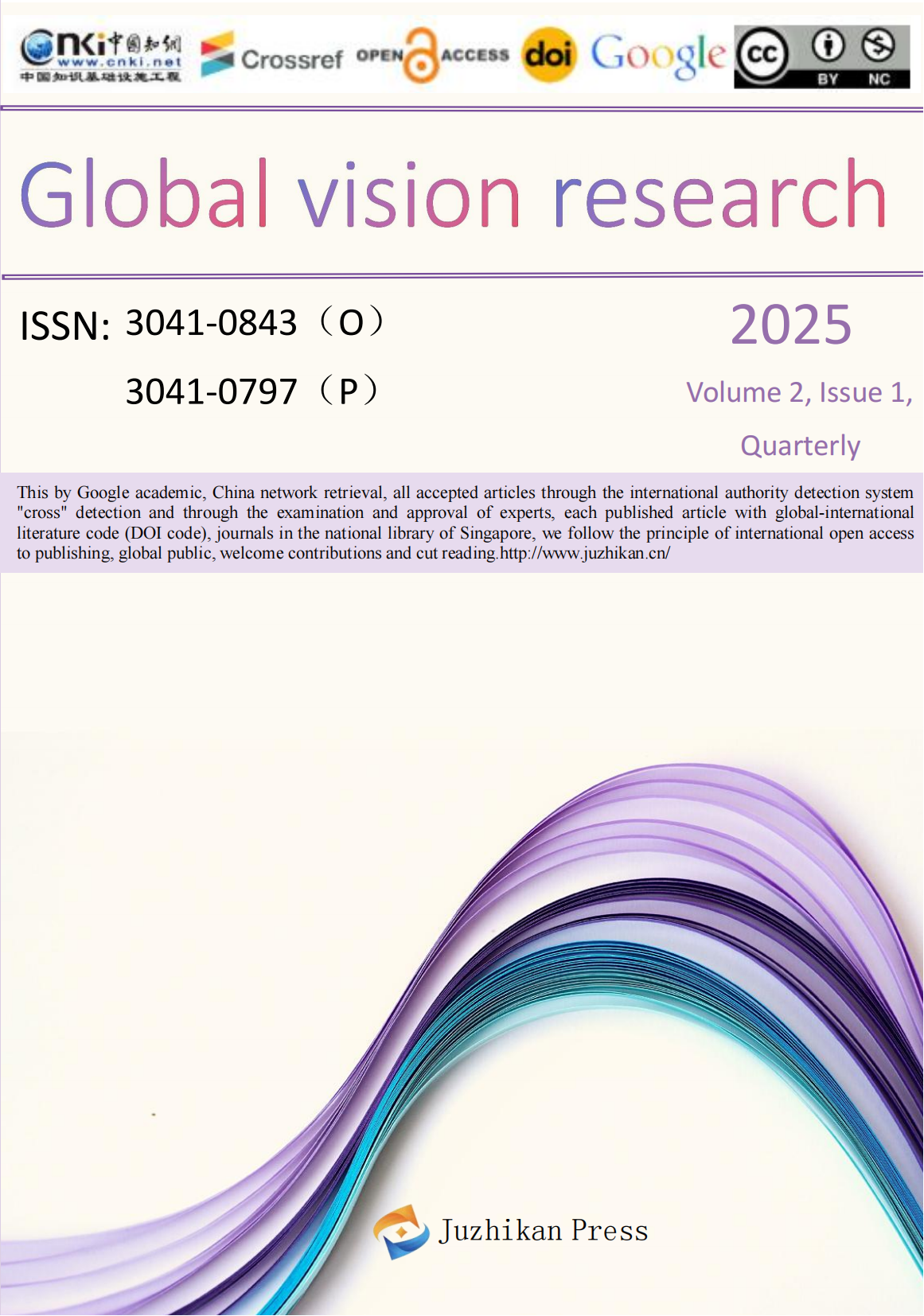
 info@juzhikan.asia
info@juzhikan.asia
 info@juzhikan.asia
info@juzhikan.asia
The application of artificial intelligence in sports evaluation
Sijie Lou Qiang Mei
College of Sports and Health Sciences Zhejiang Normal University, Jinhua China Jinhua Zhejiang,321000;
Abstract:With the rapid development of artificial intelligence (AI) technologies, the application of machine learning in physical education has become increasingly widespread, providing new solutions for assessment and teaching in traditional sports classrooms. This paper reviews the current status, key methodologies, and future trends of AI applications in sports evaluation. Research indicates that intelligent assessment systems based on technologies such as Artificial Neural Networks (ANN), Convolutional Neural Networks (CNN), and Few-Shot Learning can efficiently analyze students' athletic performance, significantly enhancing the accuracy of motion recognition and skill assessment. For example, studies show that the ANN model achieves an accuracy rate of 99.6% in football teaching evaluations, while CNN combined with Few-Shot Learning reduces the average error rate in detecting incorrect movements to 0.034%. Furthermore, the integration of technologies such as motion-sensing games and Virtual Reality (VR) has further enriched the interactivity and engagement of sports education, especially in younger age groups and small-class teaching settings. However, current research faces challenges such as the complexity of data labeling and insufficient model generalization. In the future, the deep integration of AI with sports education will require further optimization of algorithmic design and exploration of multimodal technologies to promote the development of intelligent and personalized sports teaching.
keyword :Artificial intelligence; physical education;machine learning
References
[1]Li Y, Li X. The Artificial Intelligence System for the Generation of Sports Education Guidance Model and Physical Fitness Evaluation Under Deep Learning. Front Public Health 2022;10:917053. DOI:10.3389/fpubh.2022.917053
[2]Emmert-Streib F, Yli-Harja O, Dehmer M. Artificial Intelligence: A Clarification of Misconceptions, Myths and Desired Status. Front Artif Intell 2020;3:524339. DOI:10.3389/frai.2020.524339
[3]Wang JH, Wu MC, Chang HH. Urban-rural disparity in physical fitness of elementary schoolchildren in Taiwan. Pediatr Int 2013;55:346-354. DOI:10.1111/ped.12044
[4]Abel EL. Football increases the risk for Lou Gehrig's disease, amyotrophic lateral sclerosis. Percept Mot Skills 2007;104:1251-1254. DOI:10.2466/pms.104.4.1251-1254
[5]Yang R, Lin H. Evaluation of the Quality of Football Teaching in Colleges and Universities Based on Artificial Neural Networks. Comput Intell Neurosci 2022;2022:8001252. DOI:10.1155/2022/8001252
[6]Zhang Y. The optimization of college tennis training and teaching under deep learning. Heliyon 2024;10:e25954. DOI:10.1016/j.heliyon.2024.e25954
[7]Jiang X, Du Y, Zheng Y. Evaluation of physical education teaching effect using Random Forest model under artificial intelligence. Heliyon 2024;10:e23576. DOI:10.1016/j.heliyon.2023.e23576
[8]Zhao M, Lu X, Zhang Q, Zhao R, Wu B, Huang S, Li S. Effects of exergames on student physical education learning in the context of the artificial intelligence era: a meta-analysis. Sci Rep 2024;14:7115. DOI:10.1038/s41598-024-57357-8
[9]Chen Q, Dong M. Design of Assessment Judging Model for Physical Education Professional Skills Course Based on Convolutional Neural Network and Few-Shot Learning. Comput Intell Neurosci 2022;2022:7548256. DOI:10.1155/2022/7548256